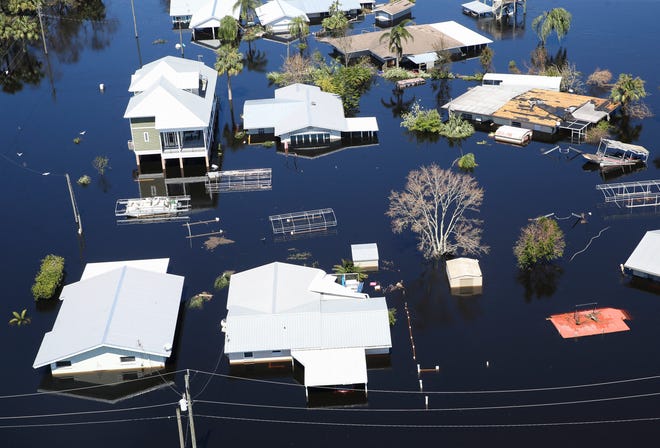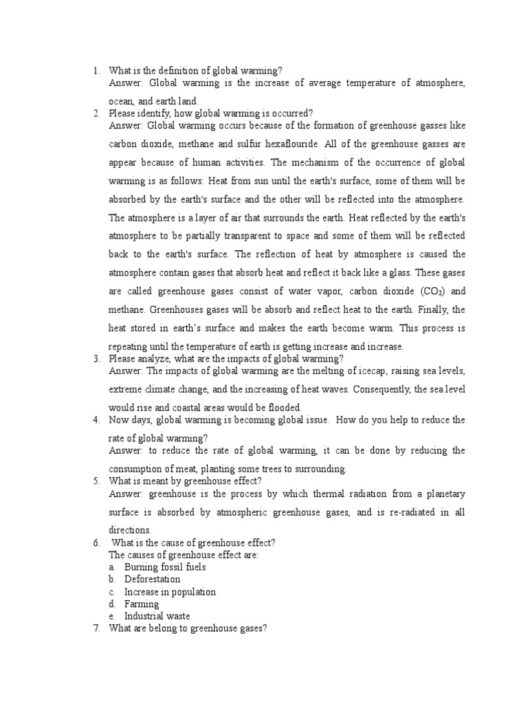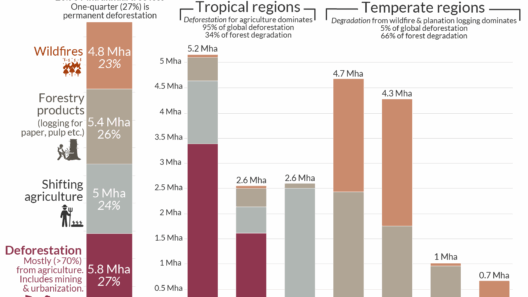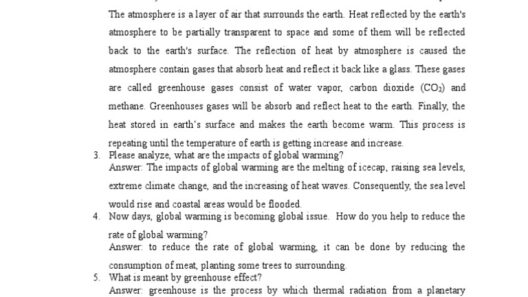Imagine a world where the hidden forces of nature play a significant yet often overlooked role in the relentless advance of global warming. Have you ever pondered how water vapor, a seemingly innocuous component of our atmosphere, could be a critical player in accelerating climate change? This natural phenomenon, while essential for life, acts as a potent greenhouse gas, amplifying the effects of other pollutants in our atmosphere.
Water vapor constitutes a crucial part of the Earth’s atmosphere, accounting for about 0.4% to 4% of the atmosphere’s volume. Though this may appear insignificant at a glance, its impact is profound. Unlike carbon dioxide (CO2) and methane (CH4), which are also greenhouse gases, water vapor is unique in its role as a feedback mechanism rather than a direct driver of climate change. It reacts to temperature changes induced by other greenhouse gases. As temperatures rise due to anthropogenic emissions, the atmosphere can hold more water vapor, leading to a cycle that exacerbates global warming.
The relationship between temperature and water vapor is anchored in the principles of thermodynamics. Warm air has a higher capacity for moisture than cooler air. Consequently, as Earth’s average temperature escalates, the concentration of water vapor in the atmosphere increases. This is not merely a quantitative change; it has qualitative impacts on climate systems.
Water vapor contributes to the greenhouse effect, where specific gases trap heat in the atmosphere, preventing it from escaping back into space. In fact, studies suggest that water vapor is responsible for about 50% of the greenhouse effect, using its ability to absorb infrared radiation. This amplification factor makes it a central player in climate change, illuminating the intricate relationship between various greenhouse gases.
What happens when we consider the interplay of various elements in this atmospheric tapestry? The challenge lies in understanding how the interactions between carbon emissions, temperature, and water vapor can lead to dramatic shifts in our climate. For instance, the rise in global temperatures not only increases the amount of water vapor but may also alter precipitation patterns, leading to extreme weather conditions.
The implications are staggering. As more water vapor accumulates, it fosters the development of storms and weather disturbances. This phenomenon can escalate into an array of natural catastrophes, including hurricanes, floods, and droughts. Take Hurricane Ian, for example, which left a trail of destruction. Such storms become more intense with elevated sea surface temperatures, acting as an incubator for heavy rainfall and destructive winds. As atmospheric moisture rises, so too does the potential for catastrophic weather events.
Furthermore, the warming oceans are another element in this complex equation. Sea temperatures have been continually climbing, and warmer water not only evaporates more readily but also feeds into the hydrological cycle. This cycle, a natural system for distributing water through evaporation, precipitation, and runoff, becomes more volatile under warmer conditions. It creates an ecosystem primed for intensified storms and erratic weather patterns.
But what if there were a way to address the challenges posed by water vapor as we grapple with the broader specter of climate change? The scientific community is exploring various climate engineering options, including solar radiation management or carbon capture technology. Such measures could potentially mitigate some of the effects of climate change. However, these solutions come with their own sets of challenges, ethical dilemmas, and unforeseen consequences.
Moreover, addressing anthropogenic sources of greenhouse gases is arguably the most critical line of defense against the escalating impacts of climate change. Implementing renewable energy resources, improving energy efficiency, and fostering sustainable agricultural practices can help reduce carbon emissions. As the primary catalyst for global warming, bringing down these emissions will, in turn, minimize the increase in atmospheric water vapor.
Public awareness and education also play a vital role. Individuals often underestimate their contribution to climate change. From transportation choices to energy consumption, each action counts. By understanding that water vapor amplifies the greenhouse effect, people may be more inclined to adopt sustainable practices. Every effort, no matter how small, contributes to a collective solution.
The interconnectedness of climate systems illustrates the diverse challenges we face. Deforestation, industrialization, and urban sprawl all contribute to the rise in greenhouse gases, thereby raising temperatures and, consequently, water vapor concentrations. Humans are at the epicenter of these changes, and it is humanity’s responsibility to enact change.
So, how do we unravel this complex relationship between water vapor and global warming? As we continue to study the many nuances of climate science, the question remains: can we take actionable steps to diminish the negative feedback loop and foster a more sustainable future? Tackling this challenge requires comprehensive collaboration among governments, industries, and individuals alike. Only through unified efforts can we hope to mitigate the systemic issues tied to climate change.
As we move forward, keeping water vapor in mind as a critical element of our climate narrative is vital. By grasping its dual role as both a necessary component of our atmosphere and a powerful amplifier of climate change, we can take informed steps toward safeguarding our planet’s future. Understanding these dynamics can promote deeper environmental consciousness and motivate necessary action for a sustainable tomorrow.







